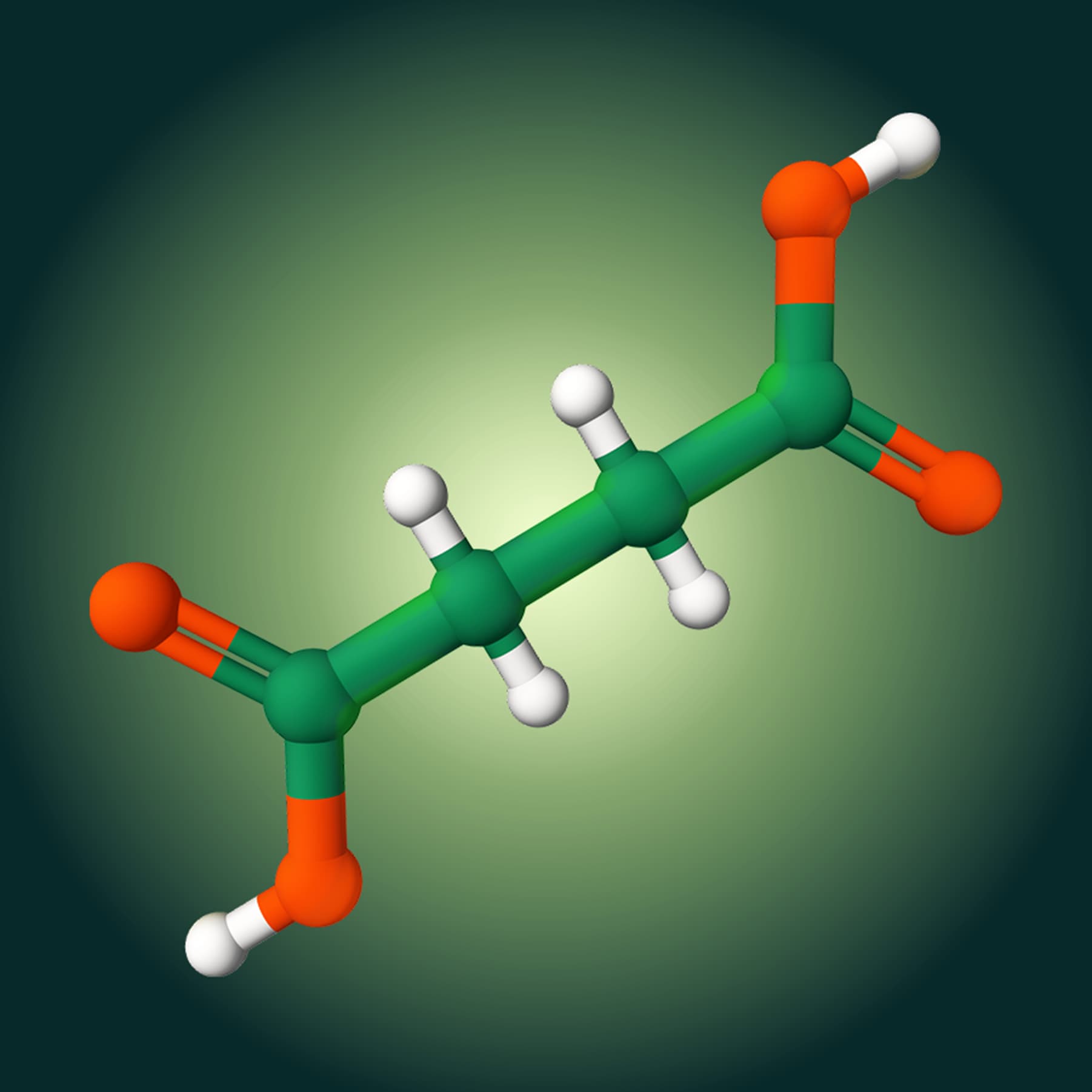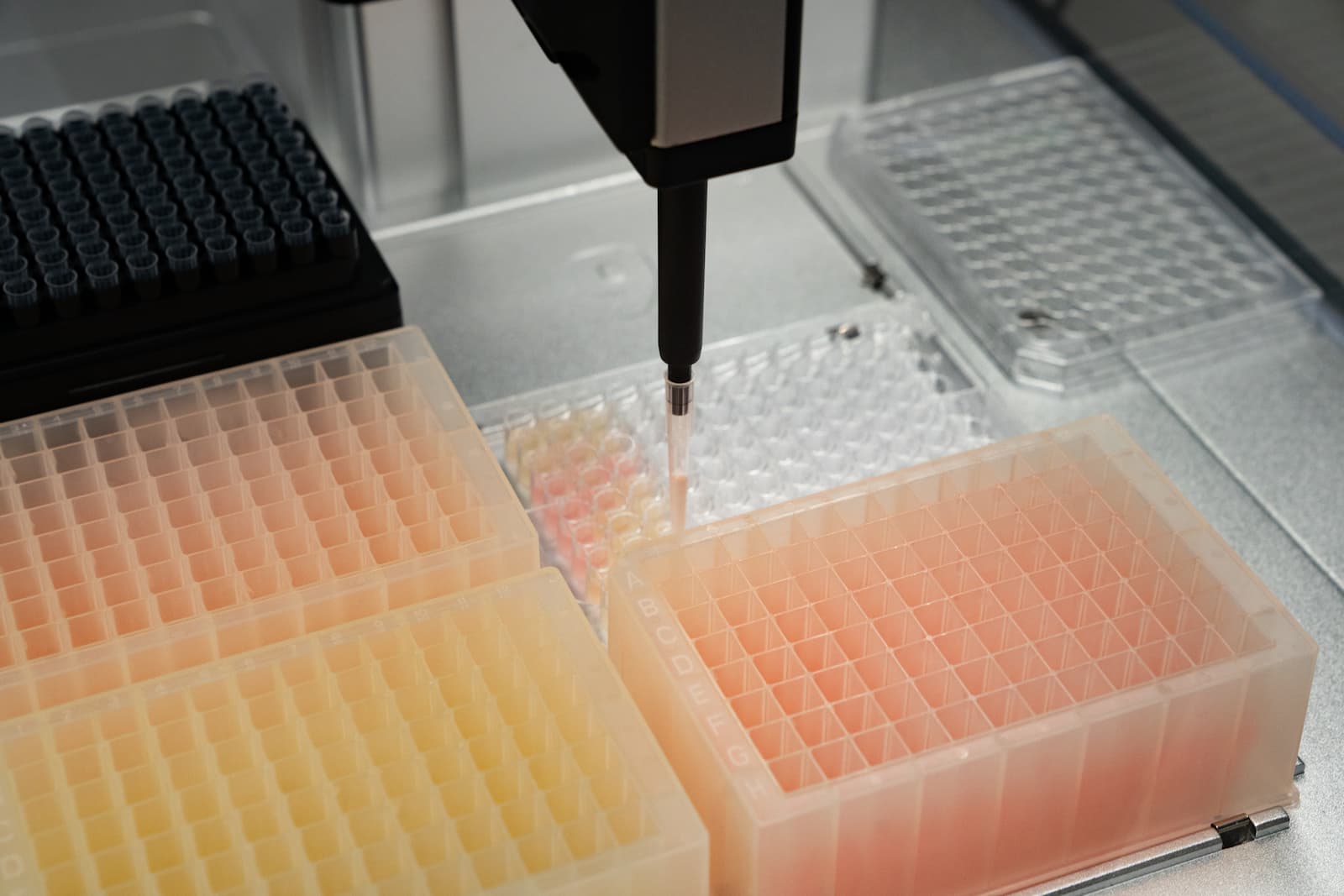
Succinic Acid
- Category
- Food and Agriculture, Industrial and Speciality Chemicals
Origins:
Dicarboxylic acid; traditionally from petrochemicals, now increasingly from biomass (Pinazo et al., 2015; Ferone et al., 2019; Mitrea et al., 2024; Akhtar, Idris and Aziz, 2013; Putri et al., 2022).
Key Features:
Precursor for biodegradable polymers, reduces reliance on fossil fuels, applications in food, pharmaceuticals, and textiles (Mitrea et al., 2024; Kumar, Basak and Jeon, 2020; Morales et al., 2016). Versatile bio-based building block, reduces greenhouse gas emissions.
Sustainability:
Bio-SA is more sustainable than petrochemical methods; challenges in detoxification and process optimization (Pinazo et al., 2015; Morales et al., 2016; Gyan et al., 2024).
 bio:drive - intelligent microbe design
bio:drive - intelligent microbe design
Here’s what bio:drive says about Succinic Acid:
- Viable pathways recommended / (generated) 2 / (1,679)
- Median pathway length 3 biochemical reactions
- Max free energy change -20.7 KJ.mol-1
- Max theoretical yield 171.4 %
- Predicted pathway bottlenecks 1 reactions
- Enzyme variants recommended / (generated) 5 / (5,000)
- Predicted enzyme reactivity improvement 2.3x
- Predicted host microbe bottlenecks 5 genetic edits
- Predicted host microbe flux improvement 5x
- Continuous fermentation enabled
- Number of microbe versions designed for grow:bot build 27,734,400
- Overall potential improvement with bio:drive 6x
 Ready to start building using grow:bot?
Ready to start building using grow:bot?
At twig, we find the best possible microbe to produce your ingredients using our fast, automated builder, grow:bot. In a matter of weeks, you can go from concept to having your own engineered microbe.
Our wet-lab combines fast micro-scale microbe builds, with high-throughput fermentation screening. And all of our microbes are built to last, ready for large-scale and continuous fermentation systems.
